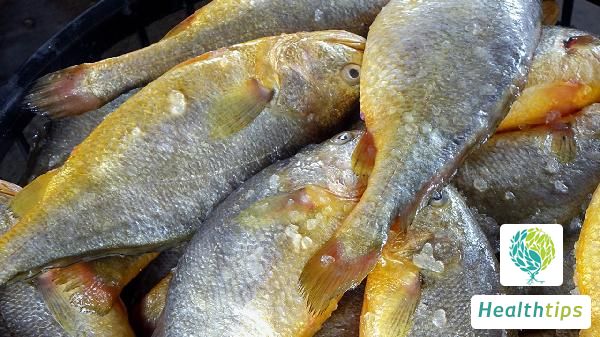"Distinguishing Dry Rales from Wet Rales: What Key Differences Should I Know?"
Dry Rhonchus and Wet Rhonchus
Dry rhonchus is a sound generated by the swift movement of air through narrowed or partially blocked airways, encompassing the trachea, bronchi, and bronchioles, during both inhalation and exhalation. Conversely, wet rhonchus may stem from the collapse and subsequent reopening of small bronchial walls due to the adherence of secretions, producing a popping noise during inhalation.

These two sounds exhibit distinct characteristics. Dry rhonchus is generally continuous and audible throughout inhalation and exhalation, albeit more pronounced during exhalation. Its intensity and nature can vary substantially and may fluctuate rapidly. In contrast, wet rhonchus arises from the formation and bursting of air bubbles as air traverses secretions, such as exudate, mucus, blood, and pus, within the respiratory tract during inhalation.
Differences between Dry Rhonchus and Wet Rhonchus
Dry rhonchus is often persistent and audible in both inhalation and exhalation phases, with exhalation being the more prominent period. The intensity and nature of this sound can significantly vary over time. On the other hand, wet rhonchus is generated by the passage of air through respiratory secretions during inhalation, leading to the rupture of air bubbles.
What is Dry Rhonchus?
Dry rhonchus is the sound produced by the rapid flow of air through narrowed or partially obstructed airways, including the trachea, bronchi, and bronchioles. This sound tends to be longer-lasting and musical, with a higher pitch. It is audible during both inhalation and exhalation, but more pronounced during exhalation. In certain cases, dry rhonchus may be audible without a stethoscope, particularly if it originates from larger airways, and is then referred to as wheezing.
What is Wet Rhonchus?
Wet rhonchus is the sound created by the formation and bursting of air bubbles as air moves through secretions within the respiratory tract during inhalation. These secretions can include exudate, mucus, blood, and pus. This sound is also known as a bubble sound. In some cases, wet rhonchus may also result from the collapse and reopening of small bronchial walls due to secretion adherence, producing a popping noise during inhalation.



















